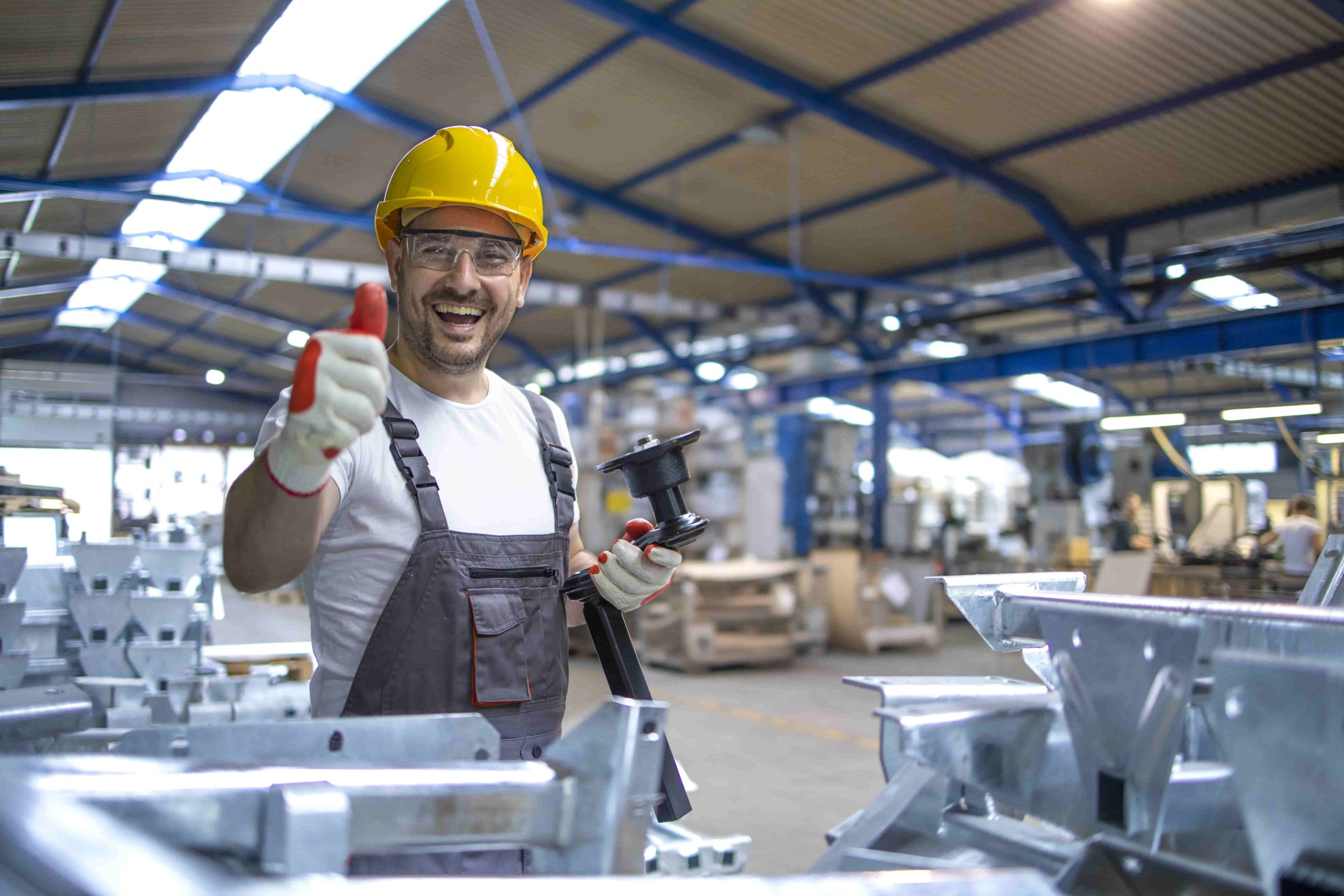Structural steel fabrication is not merely an act of shaping metal but a symphony of precision, expertise, and adherence to rigorous standards. At the heart of this process lies the skilful manipulation of steel, transforming it from raw material into intricate components that seamlessly interlock to form the skeleton of our structures. From cutting and welding to shaping and bending, each stage of the fabrication process demands meticulous attention to detail and a deep understanding of the material’s properties.
The importance of steel fabrication extends far beyond the realm of construction. It is critical in various industries, from manufacturing and transportation to energy and defence. Structural steel forms the backbone of our industrial landscape, enabling innovation and progress across a wide spectrum of sectors, whether it’s the sturdy frames of heavy machinery or the robust supports of offshore platforms.
Before we jump into the modern tricks of the trade, let’s learn why quality steel fabrication is so crucial in Australia. This vast and rugged continent throws everything it’s got at us – scorching sun, pounding rain, cyclones, you name it. You need tougher steel than a kangaroo’s hide to withstand the Aussie elements. But that’s not all; safety standards are as strict as a bouncer at your local pub, and compliance is non-negotiable.
Here are some essential tips for quality structural steel fabrication
Adherence to Australian Standards:
- Thoroughly understand and implement the requirements of AS/NZS 5131:2017, ensuring compliance with Australian safety and performance standards.
- Regularly review and update quality control procedures to align with the latest standards and industry best practices.
- Collaborate with engineers and designers to ensure that fabricated steel components meet the specific requirements of each project.
Material Selection and Quality Control:
- Establish relationships with reliable and certified steel suppliers to guarantee a consistent supply of high-quality materials.
- Implement rigorous material testing procedures, including chemical composition analysis, tensile strength testing, and impact testing, to verify the integrity of the steel used in fabrication.
- Maintain comprehensive records of material testing results for each project to ensure traceability and accountability.
Qualified Personnel and Expertise:
- Employ certified welders who have demonstrated expertise in various welding techniques and adhere to Australian welding standards.
- Hire experienced steel fabricators with a proven track record of producing quality steelwork and a deep understanding of fabrication processes.
- Engage qualified engineers to oversee steel structures’ design, fabrication, and installation, ensuring compliance with structural integrity requirements.
Precision Fabrication Techniques:
- Invest in advanced fabrication equipment, such as laser cutting machines, CNC machining centres, and robotic welding systems, to achieve high levels of precision and consistency.
- Implement rigorous quality control checks at each stage of the fabrication process to identify and rectify any discrepancies or defects.
- Maintain detailed fabrication drawings and specifications to ensure accurate component dimensions and consistent weld quality.
Non-destructive Testing (NDT):
- Conduct ultrasonic testing (UT) to detect internal flaws and defects in welds and fabricated components.
- Employ radiographic testing (RT) to visualize internal imperfections and ensure the integrity of welds and critical components.
- Utilize magnetic particle inspection (MPI) to identify surface-breaking defects and cracks in fabricated steel structures.
Surface Preparation and Protective Coatings:
- Abrasively blast steel surfaces to remove mill scale, rust, and contaminants, ensuring proper adhesion of protective coatings.
- Apply high-quality primers and protective coatings, such as paint or galvanization, to extend the lifespan of the fabricated steel structures.
- Select protective coatings based on the specific environmental conditions and exposure factors that the fabricated steel will encounter.
Compliance with Safety Regulations:
- Implement strict adherence to Australian workplace safety regulations, including using personal protective equipment (PPE) for all workers.
- Ensure proper handling and storage of hazardous materials, such as welding gases and chemicals, to minimize workplace hazards.
- Establish and enforce safe work procedures for all fabrication activities, including lifting operations, hot work, and confined space work.
In conclusion, mastering the art of quality structural steel fabrication in Australia is akin to conducting a symphony of precision and expertise. Adhering to stringent standards, meticulous material selection, and implementing advanced fabrication techniques are the keystones to ensuring structures that withstand the harsh elements. The industry can forge a path toward excellence by employing certified personnel, embracing non-destructive testing, and prioritizing safety. As the backbone of Australia’s industrial landscape, quality steel fabrication meets safety and compliance standards. It paves the way for resilient and enduring structures that stand tall against the rugged challenges of this vast continent.
For superior structural steel fabrication that weathers the elements and exceeds expectations, trust in our commitment to Australian Standards, certified expertise, and cutting-edge techniques. Your projects deserve the strength and precision that only top-tier fabrication can provide. Contact us today to elevate your structures with quality steel craftsmanship that stands the test of time.

